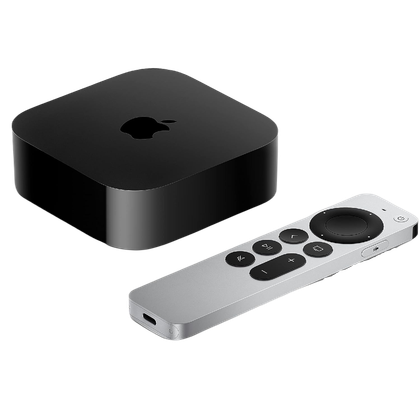At this point, you’re probably pretty used to the idea that your smartphone tracks what you do and shares that information with various companies. It’s a little depressing, but it’s become a fact of life. However, what about your TV?
Somehow, the idea that your TV is watching what you do and sending information back to base doesn’t sit quite as well with me, and I suspect you as well. So what if I told you there was technology that monitors everything you watch, and then uses that information? I’m not just talking about Netflix or other streaming services, taking note of your favorite movies. No, I’m talking about your TV itself, watching everything you put on-screen. It’s called ACR or Automatic Content Recognition.
What ACR Actually Does
Let’s imagine you connect a Blu-ray player to your TV, and start playing a movie from your collection. How would your TV know what movie you’re playing? That’s where ACR works its dark magic. It basically works like a video version of Shazam, the service that can identify what song is currently playing wherever you may hear it.
ACR takes image and sound data being fed into the TV and compares it to a database of known media. So this means that your TV can know at any time what you’re watching. The key detail is that ACR doesn’t just track what you stream through a TV app—it works across every input. Watching a DVD? Playing on your PlayStation? If the image hits the screen, ACR can log it.
How TV Makers Use ACR Data
TV makers claim that this data is used to your benefit. The goal is to make smarter content recommendations and refine picture settings, but it’s also the backbone of a lucrative advertising ecosystem that thrives on knowing your exact viewing habits.
Once this data is captured, it goes in an anonymized form to the TV maker and their advertising technology partners. This allows these entities to build detailed profiles of your viewing habits, and perhaps what products you may be interested in. This can be used to show you personalized ads on your TV, as one example.
This isn’t a conspiracy theory; it’s a documented business model. Roku’s own advertising materials boast that its platform enables advertisers to reach audiences based on TV viewing behavior. Vizio was fined by the FTC in 2017 for secretly collecting viewing data from millions of smart TVs and selling it to third parties. And while companies have become more transparent since then, the fundamental model hasn’t changed: ACR turns your TV into a data-harvesting sensor in your living room.
The Privacy Problem (and Why It’s Hard to Avoid)
The problem isn’t so much that ACR exists, but how it’s deployed. Did you know ACR existed before reading this article? Well, when you first set up your smart TV, like most people you probably didn’t read the privacy agreement, and that’s when you opted in to ACR. If you knew that ACR could monitor anything you plug into your TV, would you still have said yes?
The initial setup screens often use vague language like “Enable viewing data to improve recommendations,” without making it clear that you’re agreeing to constant content monitoring. Is it legal? Barely. Do I have to like it? No!
There might be some private or sensitive content you watch that you’d never want shared, even if it was “anonymized”. I sometimes use my TV as a monitor, and I have private company information on that screen. Even if I had complete trust that ACR works the way they say, it’s the principle that bothers me. That’s before we get to all the many examples of data breaches by hackers we’ve seen over the years.
And it’s not just a TV problem. Streaming boxes like Roku and Amazon Fire TV use similar telemetry and ad tracking systems, meaning even if you avoid smart TV apps, you’re still being profiled. Although, at least in those cases, the monitoring is limited to what you watch on the actual box itself.
How to Take Back Control
The good news is that you can go to your smart TV right now and turn ACR off. I can’t give you a detailed guide for every TV brand, or verify that the instructions online are correct, but it’s almost always under the “Privacy” segment of your TV settings. Here it might be called “Use info for TV inputs” or “AI Recommendations”, or something like that. All you need to do is disable any sort of information sharing option, and you can look up ACR-specific settings for your TV model online.
If you really want to go nuclear, factory reset your smart TV, and then don’t connect it to an internet connection at all. If it doesn’t have your Wi-Fi password or an Ethernet connection, ACR can’t work.
Instead, use a streaming box like the Apple TV. Apple has been pretty good at strong privacy measures, and again any streaming box you use at least limits tracking to what you stream on the box and not every single thing you connect or display on the TV as a whole.

- Brand
-
Apple
- Operating System
-
tvOS
- Resolution
-
4K
- Ports
-
HDMI


